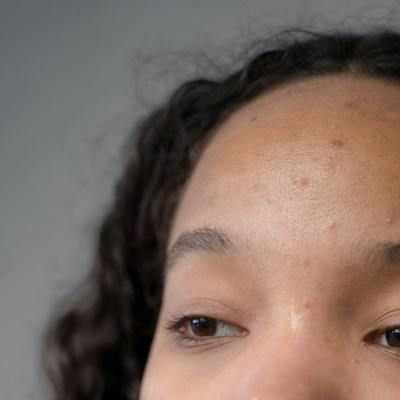Article
Patients with Alopecia Areata at Increased Risk of Thyroid Disease
Author(s):
Investigators also found that patients with alopecia areata were also had significant inflammatory immune injury and vitamin D deficiency when compared to healthy subjects.

A recent investigation form China evaluated several immune and inflammatory indicators for the autoimmune disorder alopecia areata in an attempt further understand the pathogenesis of the disease.
Though the etiopathogenesis of the disease was not established, investigators noted the importance of monitoring levels of triiodothyronine (T3), tetraiodothyronine (T4),), thyroid peroxidase antibodies (TPOAbs), and antinuclear antibodies (ANA) in patients with alopecia areata, considering them to be “indispensable”.
The team, led by Jing Gao, MD, Department of Dermatology, The Second Affiliated Hospital of Anhui Medical University in Hefie, referenced the myriad of theories regarding the pathogenesis of alopecia areata such as genetic factors, inflammation, and autoimmunity.
Among those, investigators believed autoimmune dysfunction was worth exploring in their study, as it was supported by a high rate of association between alopecia areata and other immune-mediated diseases such as vitiligo.
In their study, the team discussed the variability of serum thyroid hormones and thyroid antibodies in patients with the disease.
The Methods
Gao and colleagues set out to measure the levels of serum autoimmune and inflammation-related parameters including 25(OH)D, CRP, triiodothyronine (T3), tetraiodothyronine (T4), thyroid-stimulating hormone (TSH), thyroid peroxidase antibodies (TPOAbs), thyroglobulin antibodies (TGAbs), ANAs, complements (C3, C4), and immunoglobulins (IgA, IgM, IgG).
As such, a retrospective method was adopted for their research.
A total of 672 patients with alopecia areata who were treated at a third-class hospital in Hefei from January 2016 to May 2020 were included in the study. A total of 580 age- and sex-matched healthy subjects who were treated at the same hospital were also included.
Antibody kits for each serum autoimmune and inflammation-related parameter.
Additionally, 4 milliliters of fasting venous blood were drawn from each participant, before having serum ANA, IgA, IgM, IgG, and CRP determined by an enzyme-linked immunoassay (ELISA). Velocity Nephelometry was used to determine C3 and C4.
The Findings
Gao and investigators found no statistically significant differences between TSH, TGAbs, C3, C4, IgA, IgM, and IgG levels between patients with alopecia areata and healthy controls.
However, T3, T4, TPOAbs, and ANA values were significantly abnormal in the former.
Serum T3 and T4 were significantly higher in AA patients (6.44 ± 4.5 nmol/L) than in the control group (2.23 ± 0.82 nmol/L), and the difference was statistically significant (p < 0.001).
The frequency of TPOAbs was also significantly higher in the AA group (17.26%) than in the healthy control group (3.45%) (p < 0.001), though the difference in TGAbs between the 2 groups was not statistically significant (p = 0.191 < 0.05).
The positive rates of ANA in the AA and control groups were 38.74% and 14.17%, respectively, with the positive rate of ANA in the disease group being higher than that in the control group.
Gao and colleagues were not yet able to determine whether ANA was a risk factor for alopecia areata, despite being significantly related to the disease.
Despite this, alopecia areata was “strikingly associated” with higher T3 and TGAb levels, which they believed encouraged the act of monitoring thyroid function indexes to provide better prevention for patients with the disease.
Overall, Gao and investigators found that patients with alopecia areata were at a higher risk of thyroid disease and had significant inflammatory immune injury and vitamin D deficiency.
We believe that our results could provide valuable insights regarding the detection of immune and inflammation- related markers for future clinical research on AA,” the team wrote.
The study, “Evaluation of several immune and inflammatory indicators and their association with alopecia areata,” was published online in the Journal of Cosmetic Dermatology.





